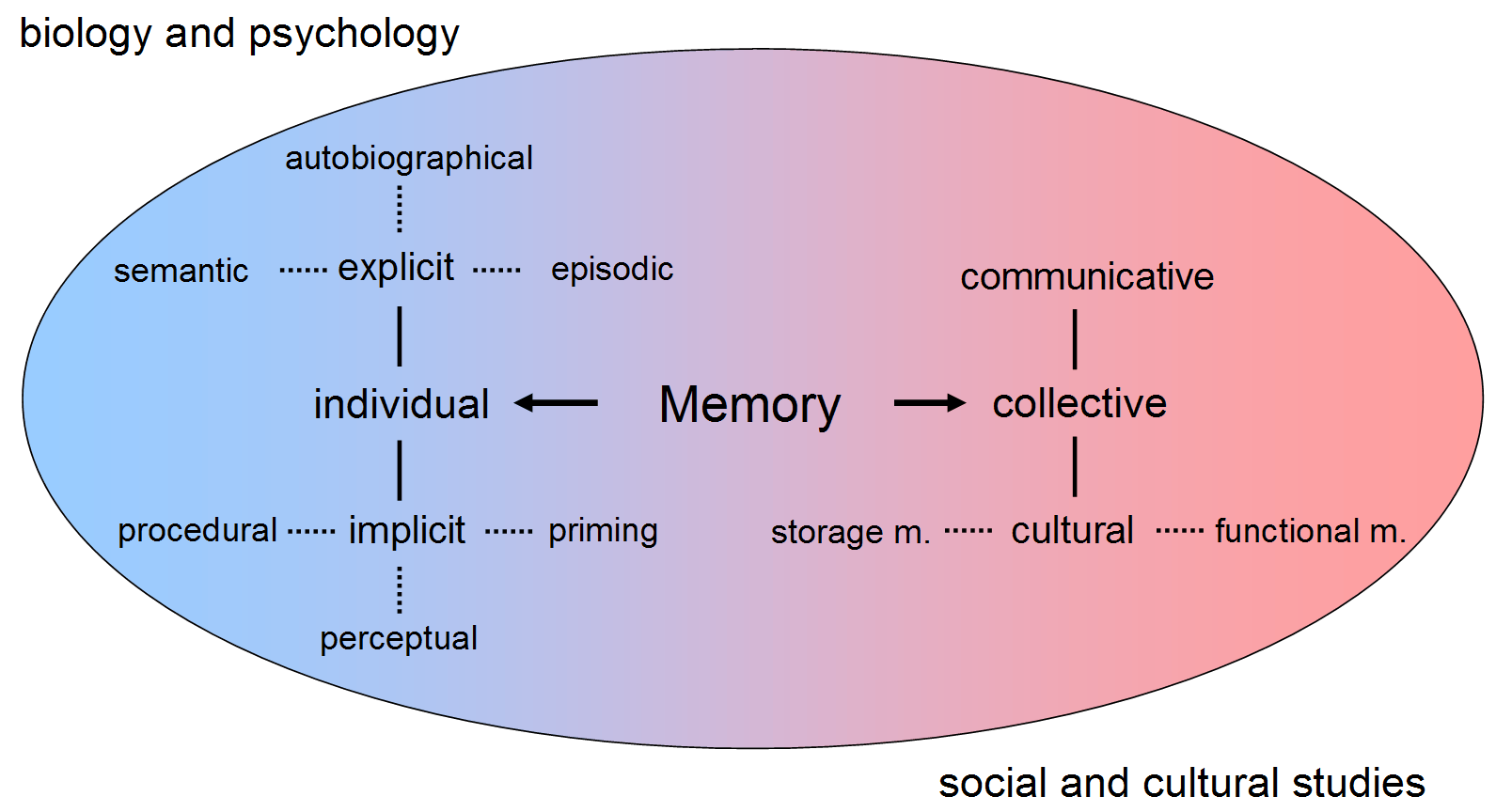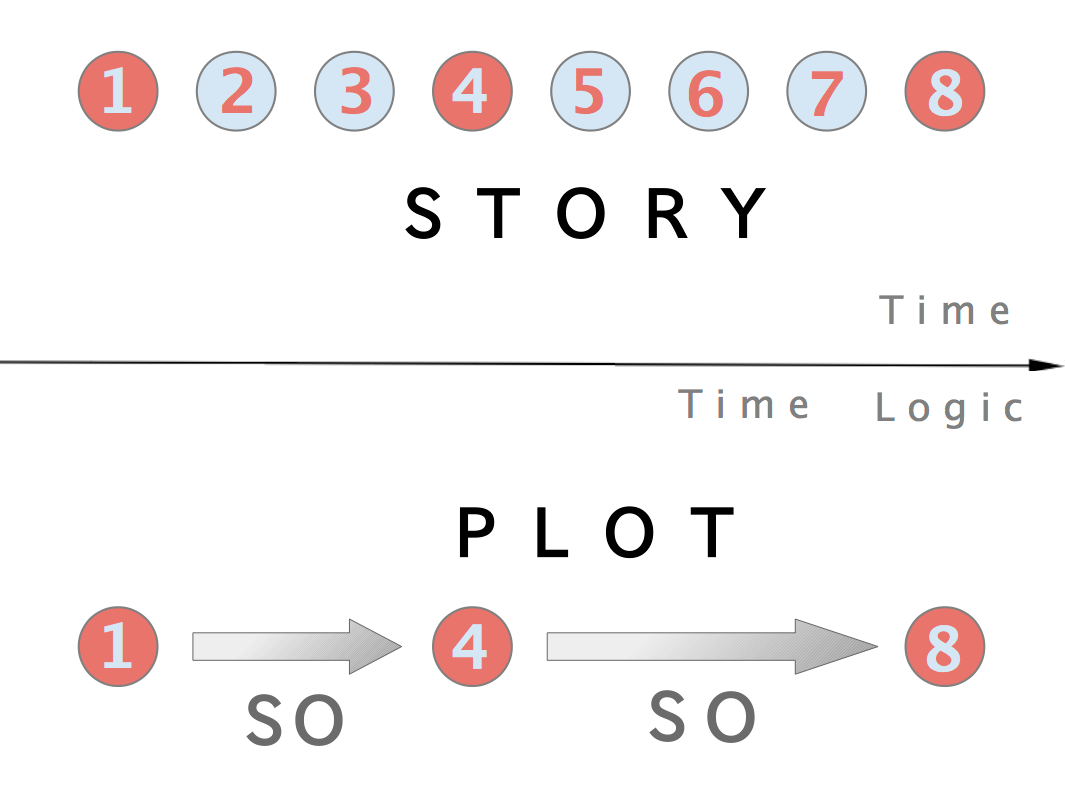|
Lacunar Amnesia
Lacunar amnesia is the loss of memory about a specific event. This specific form of amnesia is caused by brain damage in the limbic system which is responsible for our memories and emotions. When the damage occurs it leaves a lacuna, or a gap, in the record of memory within the cortex region of the brain. There is a general belief that certain emotions from the lost memory may be triggered without the recollection of the event. Characteristics Daniel Goleman, in his book ''Vital Lies, Simple Truths'', defines a lacuna as: "...the sort of mental apparatus that diversionary schemas represent. A lacuna is, then, the attentional mechanism that creates a defensive gap in awareness. Lacunas, in short, create blind spots." Lacunar amnesia has also been known to be attributed to alcoholism, drug treatment, and withdrawal in some cases. After using these substances a person may experience a loss of memory of a specific event temporarily or even permanently. Steven Johnson, (the autho ... [...More Info...] [...Related Items...] OR: [Wikipedia] [Google] [Baidu] |
Memory
Memory is the faculty of the mind by which data or information is encoded, stored, and retrieved when needed. It is the retention of information over time for the purpose of influencing future action. If past events could not be remembered, it would be impossible for language, relationships, or personal identity to develop. Memory loss is usually described as forgetfulness or amnesia. Memory is often understood as an informational processing system with explicit and implicit functioning that is made up of a sensory processor, short-term (or working) memory, and long-term memory. This can be related to the neuron. The sensory processor allows information from the outside world to be sensed in the form of chemical and physical stimuli and attended to various levels of focus and intent. Working memory serves as an encoding and retrieval processor. Information in the form of stimuli is encoded in accordance with explicit or implicit functions by the working memory p ... [...More Info...] [...Related Items...] OR: [Wikipedia] [Google] [Baidu] |
Amnesia
Amnesia is a deficit in memory caused by brain damage or brain diseases,Gazzaniga, M., Ivry, R., & Mangun, G. (2009) Cognitive Neuroscience: The biology of the mind. New York: W.W. Norton & Company. but it can also be temporarily caused by the use of various sedative and hypnotic drugs. The memory can be either wholly or partially lost due to the extent of damage that is caused. There are two main types of amnesia: * Retrograde amnesia is the inability to remember information that was acquired before a particular date, usually the date of an accident or operation. In some cases, the memory loss can extend back decades, while in other cases, people may lose only a few months of memory. * Anterograde amnesia is the inability to transfer new information from the short-term store into the long-term store. People with anterograde amnesia cannot remember things for long periods of time. These two types are not mutually exclusive; both can also occur simultaneously. Case stud ... [...More Info...] [...Related Items...] OR: [Wikipedia] [Google] [Baidu] |
Limbic System
The limbic system, also known as the paleomammalian cortex, is a set of brain structures located on both sides of the thalamus, immediately beneath the medial temporal lobe of the cerebrum primarily in the forebrain.Schacter, Daniel L. 2012. ''Psychology''.sec. 3.20 Its various components support a variety of functions including emotion, behavior, long-term memory, and olfaction. The limbic system is involved in lower order emotional processing of input from sensory systems and consists of the amygdala, mammillary bodies, stria medullaris, central gray and dorsal and ventral nuclei of Gudden. This processed information is often relayed to a collection of structures from the telencephalon, diencephalon, and mesencephalon, including the prefrontal cortex, cingulate gyrus, limbic thalamus, hippocampus including the parahippocampal gyrus and subiculum, nucleus accumbens (limbic striatum), anterior hypothalamus, ventral tegmental area, midbrain raphe nuclei, habenular commi ... [...More Info...] [...Related Items...] OR: [Wikipedia] [Google] [Baidu] |
Lacuna
Lacuna (plural lacunas or lacunae) may refer to: Related to the meaning "gap" * Lacuna (manuscripts), a gap in a manuscript, inscription, text, painting, or musical work **Great Lacuna, a lacuna of eight leaves in the ''Codex Regius'' where there was heroic Old Norse poetry * Lacuna (music), an intentional, extended passage in a musical work during which no notes are played * Scientific lacuna, an area of science that has not been studied but has potential to be studied * Lacuna or accidental gap, in linguistics, a word that does not exist but which would be permitted by the rules of a language * Lacuna, in law, largely overlapping a ''non liquet'' ("it is not clear"), a gap (in the law) In medicine * Lacuna (histology), a small space containing an osteocyte in bone, or chondrocyte in cartilage * Muscular lacuna, a lateral compartment of the thigh * Vascular lacuna, a medial compartment beneath the inguinal ligament * Lacuna magna, the largest of several recesses in the urethra ... [...More Info...] [...Related Items...] OR: [Wikipedia] [Google] [Baidu] |
Daniel Goleman
Daniel Goleman (born March 7, 1946) is an American psychologist, author, and science journalist. For twelve years, he wrote for ''The New York Times'', reporting on the brain and behavioral sciences. His 1995 book '' Emotional Intelligence'' was on ''The New York Times'' Best Seller list for a year and a half, a bestseller in many countries, and is in print worldwide in 40 languages. Apart from his books on emotional intelligence, Goleman has written books on topics including self-deception, creativity, transparency, meditation, social and emotional learning, ecoliteracy and the ecological crisis, and the Dalai Lama's vision for the future. Biography Daniel Goleman grew up in a Jewish household in Stockton, California, the son of Fay Goleman (née Weinberg; 1910–2010), professor of sociology at the University of the Pacific, and Irving Goleman (1898–1961), humanities professor at Stockton College (now San Joaquin Delta College). His maternal uncle was nuclear physicis ... [...More Info...] [...Related Items...] OR: [Wikipedia] [Google] [Baidu] |
Plot (narrative)
In a literary work, film, or other narrative, the plot is the mapping of events in which each one (except the final) affects at least one other through the principle of Causality, cause-and-effect. The causal events of a plot can be thought of as a selective collection of events from a narrative, all linked by the connector "and so". Simple plots, such as in a traditional ballad, can be linearly sequenced, but plots can form complex interwoven structures, with each part sometimes referred to as a subplot. Plot is similar in meaning to the term ''storyline''. In the narrative sense, the term highlights important points which have consequences within the story, according to American science fiction writer Ansen Dibell. The Premise (narrative), premise sets up the plot, the Character (arts), characters take part in events, while the Setting (narrative), setting is not only part of, but also influences, the final story. An can convolute the plot based on a misunderstanding. The term ... [...More Info...] [...Related Items...] OR: [Wikipedia] [Google] [Baidu] |
Eternal Sunshine Of The Spotless Mind
''Eternal Sunshine of the Spotless Mind'' is a 2004 American surrealist science fiction romantic drama film directed by Michel Gondry and written by Charlie Kaufman from a story by Gondry, Kaufman, and Pierre Bismuth. Starring Jim Carrey and Kate Winslet, with supporting roles from Kirsten Dunst, Mark Ruffalo, Elijah Wood and Tom Wilkinson, the film follows two individuals who undergo a memory erasure procedure to forget each other after the dissolution of their romantic relationship. The title of the film is a quotation from the 1717 poem '' Eloisa to Abelard'' by Alexander Pope. It uses elements of psychological drama and science fiction and a nonlinear narrative to explore the nature of memory and love. ''Eternal Sunshine of the Spotless Mind'' opened in theaters in the United States on March 19, 2004, to widespread acclaim from critics and audiences, who praised the visual style, editing, writing, score, themes, direction and performances, especially of Carrey and ... [...More Info...] [...Related Items...] OR: [Wikipedia] [Google] [Baidu] |
Memento (film)
''Memento'' is a 2000 American neo-noir psychological thriller film written and directed by Christopher Nolan, based on the short story "Memento Mori" by his brother Jonathan Nolan, which was later published in 2001. The film stars Guy Pearce, Carrie-Anne Moss, and Joe Pantoliano. The film follows Leonard Shelby (Pearce), a man who suffers from anterograde amnesia—resulting in short-term memory loss and the inability to form new memories—who uses an elaborate system of photographs, handwritten notes, and tattoos in an attempt to uncover the perpetrator who killed his wife and caused him to sustain the condition. The film's non-linear narrative is presented as two different sequences of scenes interspersed during the film: a series in black-and-white that is shown chronologically, and a series of color sequences shown in reverse order (simulating for the audience the mental state of the protagonist). The two sequences meet at the end of the film, producing one comple ... [...More Info...] [...Related Items...] OR: [Wikipedia] [Google] [Baidu] |
The Caretaker (musician)
James Leyland Kirby (born 9 May 1974), known professionally as the Caretaker, is an English ambient musician. His work as the Caretaker is characterized as exploring memory and its gradual deterioration, nostalgia, and melancholy. The project was initially inspired by the haunted ballroom scene in the 1980 film '' The Shining'', the 1978 TV show '' Pennies from Heaven'', and the 1962 film ''Carnival of Souls''. His first several releases comprised treated and manipulated samples of 1930s ballroom pop recordings. Most of his album covers were painted by friend, Ivan Seal. The Caretaker's works have received critical acclaim in publications such as ''The Wire,'' ''The New York Times'', and BBC Music. History 1999–2003: Haunted Ballroom trilogy Simon Reynolds refers to the Caretaker's first three releases as "the haunted ballroom trilogy", spanning 1999–2003: '' Selected Memories from the Haunted Ballroom'', '' A Stairway to the Stars'', '' We'll All Go Riding on a Rain ... [...More Info...] [...Related Items...] OR: [Wikipedia] [Google] [Baidu] |
Persistent Repetition Of Phrases
''Persistent Repetition of Phrases'' (stylized as “''Persistent repetition of phrases''”) is the seventh studio album by the Caretaker (musician), the Caretaker, an alias of musician Leyland Kirby. Released on 1 April 2008, it was his first record to cover themes of Alzheimer's disease. The album was also the first Caretaker release to present loop (music), looping of short segments within tracks. It marked Kirby's change of record labels from V/Vm Test Records, V/Vm Test to History Always Favours the Winners, which he felt might have helped with the record's success. ''Persistent Repetition of Phrases'' has many track titles that reference memory disorders. The album began Kirby's history of using paintings by English painter Ivan Seal as album covers. A concept album, the record received a generally positive reception from music journalism, music critics. The album's concepts would later influence Kirby on his next release as the Caretaker, ''An Empty Bliss Beyond This World ... [...More Info...] [...Related Items...] OR: [Wikipedia] [Google] [Baidu] |
Amnesia
Amnesia is a deficit in memory caused by brain damage or brain diseases,Gazzaniga, M., Ivry, R., & Mangun, G. (2009) Cognitive Neuroscience: The biology of the mind. New York: W.W. Norton & Company. but it can also be temporarily caused by the use of various sedative and hypnotic drugs. The memory can be either wholly or partially lost due to the extent of damage that is caused. There are two main types of amnesia: * Retrograde amnesia is the inability to remember information that was acquired before a particular date, usually the date of an accident or operation. In some cases, the memory loss can extend back decades, while in other cases, people may lose only a few months of memory. * Anterograde amnesia is the inability to transfer new information from the short-term store into the long-term store. People with anterograde amnesia cannot remember things for long periods of time. These two types are not mutually exclusive; both can also occur simultaneously. Case stud ... [...More Info...] [...Related Items...] OR: [Wikipedia] [Google] [Baidu] |





